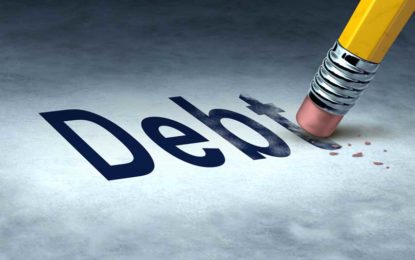Managing multiple debts can feel overwhelming—especially when a mortgage is part of the equation. Knowing which debts to pay off first can make a huge difference in your financial stability, interest savings, and peace of mind. This guide breaks down how to decide the right order to pay off your mortgage debt and other financial obligations strategically.
1. Assess Your Complete Debt Picture
Before deciding which debts to tackle first, list all your debts, including:
-
Mortgage balance and interest rate
-
Credit cards
-
Personal loans
-
Car loans
-
Student loans
Next, note each debt’s interest rate, monthly payment, and remaining balance. This gives you a clear snapshot of your total financial obligations.
2. Understand the Cost of Each Debt
Not all debts are created equal. Generally:
-
High-interest debt (like credit cards) costs you more over time.
-
Low-interest debt (like most mortgages) is less urgent but still important.
For example, a mortgage at 5% interest is cheaper than a credit card charging 18%. That means paying down the credit card first usually saves more money.
3. Prioritize Based on Interest Rates (Debt Avalanche Method)
The debt avalanche method focuses on minimizing the total interest you pay. Here’s how:
-
Continue making minimum payments on all debts.
-
Apply any extra money toward the highest-interest debt first.
-
Once it’s paid off, move to the next highest rate.
This method helps you become debt-free faster while saving thousands in interest.
4. Consider the Emotional Factor (Debt Snowball Method)
If motivation is a challenge, the debt snowball method might work better.
-
Pay off your smallest debts first for quick wins.
-
Once one debt is gone, roll its payment into the next one.
This builds momentum and confidence—perfect for those who need to see progress to stay motivated, even if it costs a bit more in interest over time.
5. Evaluate Your Mortgage Terms
Mortgages often come with long repayment terms (15–30 years) and lower interest rates, but the details matter:
-
Fixed-rate mortgage: Predictable payments—less urgent to rush.
-
Adjustable-rate mortgage (ARM): Payments can increase—worth paying off faster.
-
Private mortgage insurance (PMI): If you owe more than 80% of your home’s value, paying down enough to remove PMI can save hundreds per month.
Sometimes, just reducing your mortgage to eliminate PMI is more beneficial than fully paying it off early.
6. Build an Emergency Fund Before Aggressive Payoffs
Before you make extra payments, make sure you have at least 3–6 months of living expenses saved.
Without a safety net, one emergency could force you into new debt—undoing your progress.
7. Balance Investing vs. Paying Off Mortgage
If your mortgage rate is low (say 4% or less), consider whether your money could earn more through investing.
For example:
-
Paying off a 4% mortgage early saves you 4%.
-
Investing in an index fund might yield 7–10% annually.
It’s a personal decision, but balancing debt payoff with investment growth can lead to better long-term results.
8. Refinance If It Makes Sense
Refinancing your mortgage can lower your monthly payments or interest rate. This may free up extra cash to pay off higher-interest debts faster. However, consider:
-
Closing costs
-
Break-even point
-
How long you plan to stay in the home
Run the numbers carefully before refinancing—it’s not always the best move for everyone.
9. Stay Consistent and Reassess Regularly
Your financial situation will evolve. Review your debts every 6–12 months to adjust your payoff order if:
-
Interest rates change
-
Your income increases
-
You take on new debt
Consistency, more than perfection, is what helps you become debt-free over time.
Final Thoughts
Deciding the order to pay off mortgage debt depends on both numbers and emotions.
If you’re driven by efficiency, start with high-interest debts first (the avalanche).
If you’re driven by motivation, start small (the snowball).
Either way, a clear plan, steady progress, and discipline will get you closer to financial freedom—one payment at a time.


0 Comments